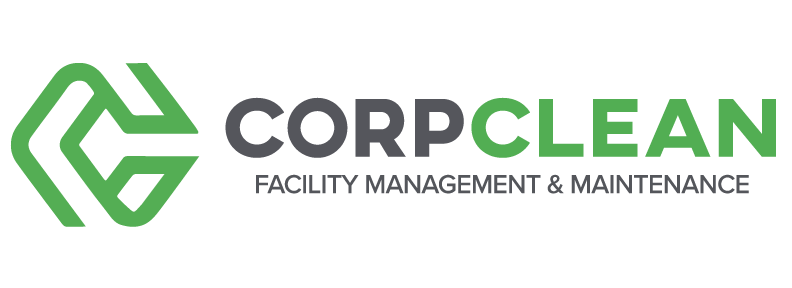How Should You Choose a Commercial Cleaning Company?
Early signs can indicate how well a company will respond to your ongoing cleaning needs.
There are many factors to consider when deciding which commercial cleaning company will best serve your facility. Here are a few valuable areas to address when comparing service providers.
Communication and timeliness.
How quickly do they respond to your initial request for information? Many times a company will win business simply because they were the first to respond to a call or email request. In these busy times, with many companies struggling to find and keep employees, how they respond is probably a good indication of how promptly and efficiently they will address ongoing issues once there is a signed contract.
Get a quote or contract in writing so both parties clearly understand the expectations of services to be provided and costs. No one likes a surprise when the bill arrives in the mail. The time to discuss issues is before the vendor performs services. You and the cleaning company should walk through the building together before quoting. That way, you can cover all concerns ahead of time and include everything in the quote.
Your provider should agree to schedule periodic meetings to re-evaluate services and their frequency. Lately, office environments are quickly changing, so you may need to alter the timing of certain services to weekly, monthly, annually, etc. For example, if your staff has switched to working a more significant percentage of the week remotely, you may feel that weekly, not daily, floor cleaning is sufficient. Your cleaning company should be flexible and willing to make changes.
Overall appearance and comfort level.
Do you feel comfortable with the owners and technicians? Comfort leads to trust, and trust is key to long-lasting relationships. Business owners or company sales personnel often make good first impressions, but the technicians performing the actual work are the true ambassadors for an organization. Here are several questions to ask:
- Do the workers present a professional and clean appearance?
- Are they courteous and friendly?
- Is their equipment clean?
- Do workers consistently show up on time?
When selecting a service provider, you need to consider physical appearance because those individuals reflect your standards when they are in your facility—and visitors and employees will notice. So don’t let an outside service provider compromise your expectations for cleanliness.
Marketing and branding.
Does the prospective cleaning company have a comprehensive website that provides insight, information, and a means to contact them? Good marketing indicates a solid dedication to a positive customer experience. Do workers arrive in clean uniforms branded with their company logo? While that may seem like self-serving advertising for the cleaning company, it is essential for anyone working in your building to have proper identification for safety reasons. And your cleaning partner should also become an extension of your company and its brand.
Qualifications.
Ask a lot of questions upfront. Find out if the company has a training program. Having more highly trained technicians on the job helps to ensure a safer work environment, greater productivity, and better results. Find out if the company has any commercial cleaning certifications. Do they perform background checks on employees during the hiring process, and are they insured for accidents? You should pay close attention to these details, as they can negatively impact your organization if not handled properly.
References.
Ask for references. A solid business should be willing to provide you with a list of current clients that you can contact. Everyone knows that word-of-mouth referrals are the most trustworthy. Customers are always ready to share information and discuss their experiences with the prospective cleaning company. A longtime client indicates that the company has consistently provided excellent service.
CorpClean wants to be your commercial cleaning partner. Contact us today.
Comfort with service vendors leads to trust, and trust is key to long-lasting relationships.

